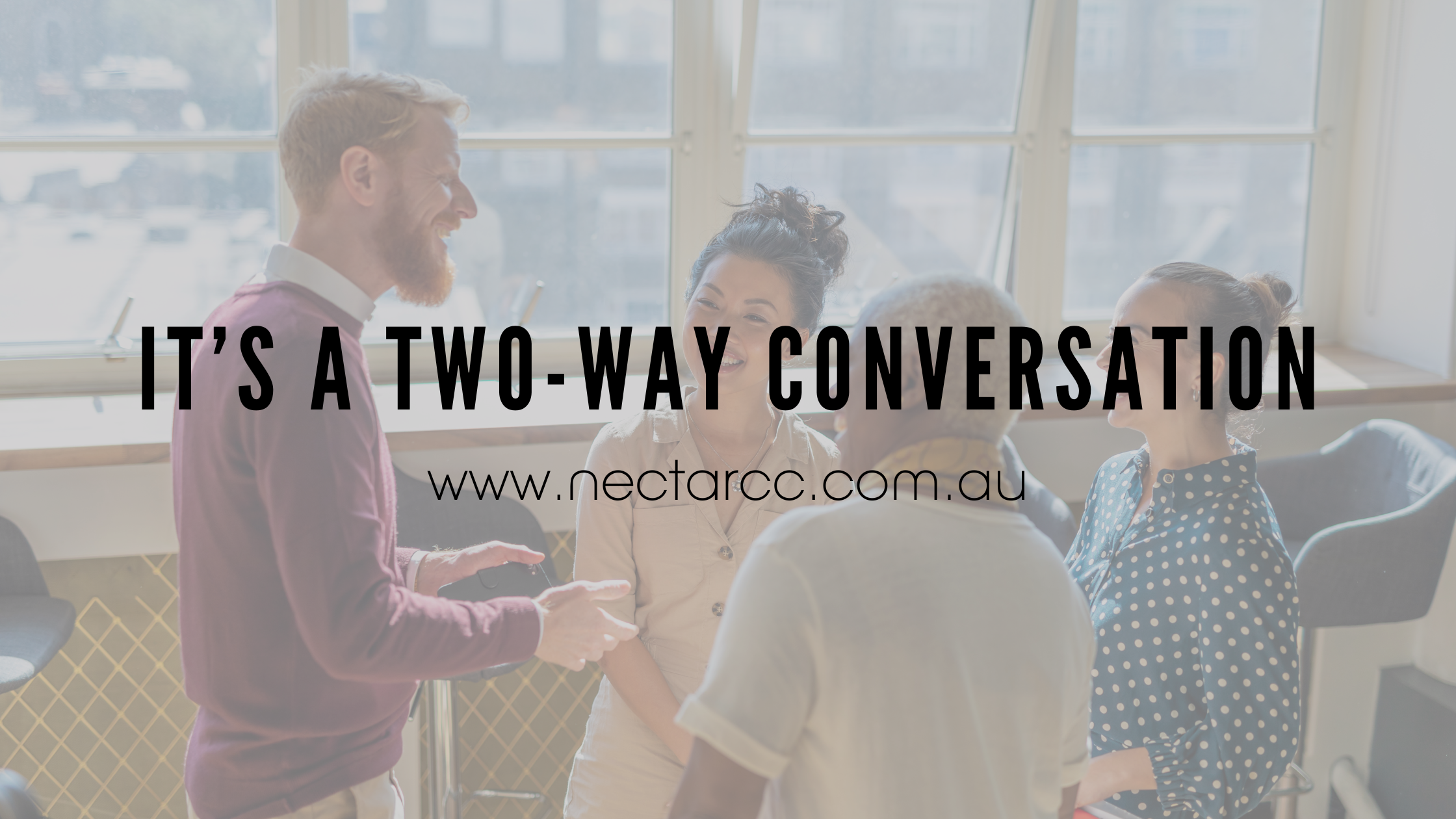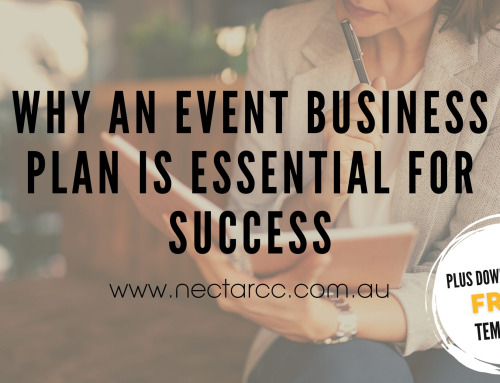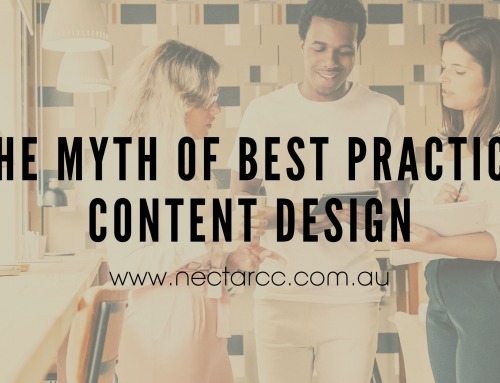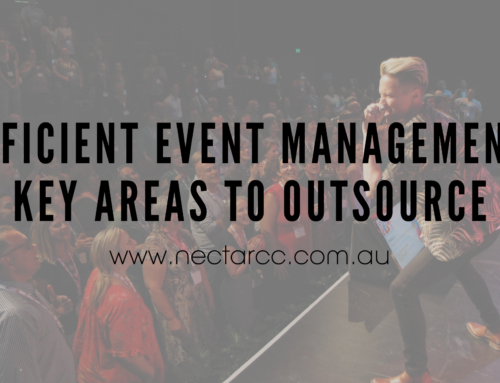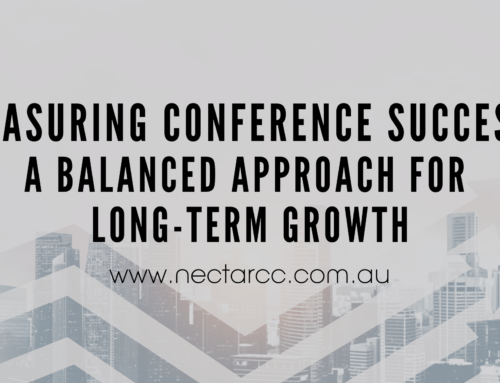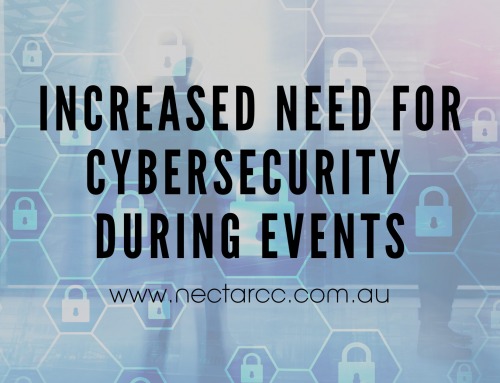Do you ever feel like it’s time to shake things up? Have your delegate numbers ‘stabilised’ or worse are they declining year-on-year? Even if your delegate numbers are strong, are you sure they are getting the most out of their attendance? Do you ask “what could we do differently?”
More than ever you need to have a two-way conversation with your delegates at your conference. You need to engage with them not just as delegates, but as people. They need to be engaged, learn and collaborate. Previously I have shared how to achieve this with the careful selection of keynote speakers, but there is a lot more to a conference program than keynotes.
There are plenty of ways to get your delegates involved at your event, we have a long list of session formats that we incorporate to ensure audience participation and drive outcomes for our clients. A word of advice though, make sure you are clear on what you want to achieve with each session. Some suit different audience profiles better than others and you need to be careful not to make the audience feel uncomfortable for the sake of ‘shaking it up’.
Here are three of our favourite session styles for you to consider incorporating into your next conference or event:
Fishbowl Conversations
The advantage of a fishbowl is that it allows the entire audience to participate in the conversation! Four to six delegates can talk at any one time as they are seated in the centre of the room whilst everybody else is seated around the outside.
You have two options – a closed or open fishbowl. I would recommend the latter, to do so you would need to leave one or more chairs open to members of the audience. When a member of the audience occupies a chair A.K.A. joins the fishbowl, an existing member would need to leave.
We incorporated this session format into one of our client conference programs in late 2017. Our Master of Ceremonies, Warwick Merry facilitated this session by introducing each topic, enforcing a time limit for each topic and summarising the session. Time permitting you be able to cover a variety of topics like we did (we allowed an hour and a half). The session was captured on video and the outcomes of the discussion were then written up as a post event communication piece.
On that note it is important that you do your homework before the event, what do your delegates want to discuss and what are their opinions? Although fishbowls are primarily self-organising, this information will assist your facilitator and ensure your delegates walk away feeling engaged.
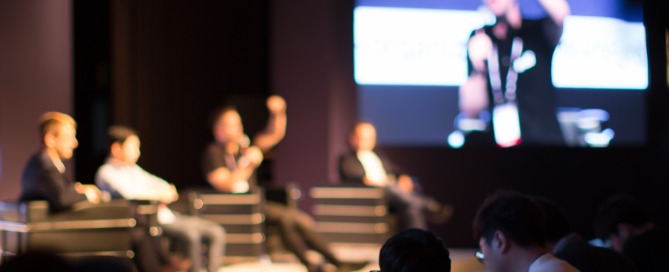
TED Style Talks
TED talks are succinct yet personal and more inspirational than your traditional presentations. Why? Everything is relevant and the speaker has a sense of purpose.
The speaker will have anything from five to 18 minutes to share their idea, as a result every word counts. There may be stories, jokes or surprises throughout however everything has to be relevant.
Most importantly TED style talks are delivered without notes, from memory. In doing so the speaker is far more likely to connect with the audience – making eye contact, speaking candidly or through stories.
To see what I’m talking about, enter “How to Make Stress Your Friend” into Google and watch Kelly McGonigal’s presentation. You will be hooked, not only by the content but the delivery!
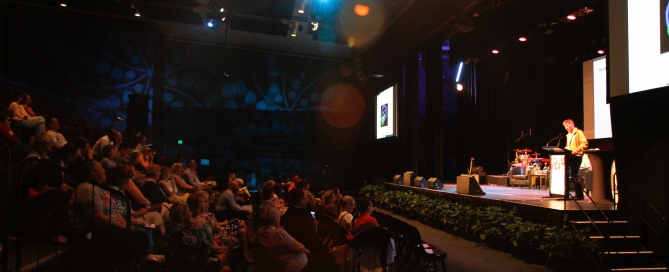
Campfire Sessions
At first delegates may think it is a traditional presentation with one or multiple speakers presenting at the front of the room, however after 15 or 20 minutes the focus shifts to the delegates. The purpose of this session format is to create an open forum in which the delegates drive the discussion and knowledge sharing.
The facilitator will invite presenters to respond to questions or comments shared in the room allowing delegates to share their experiences and hear a variety of perspectives on an issue. This is meant to be a much more informal session than a standard panel – if budget allows why not replace the rows of ‘convention chairs’ with fold out camping chairs to really set the scene?
I urge you to try one of these formats or customise your own. There are many more ways to engage your audience – just remember it’s all about what would suit your audience and add value to the delegate experience by creating a two-way conversation.
Written by Peta Moore, Managing Director, Nectar Creative Communications
